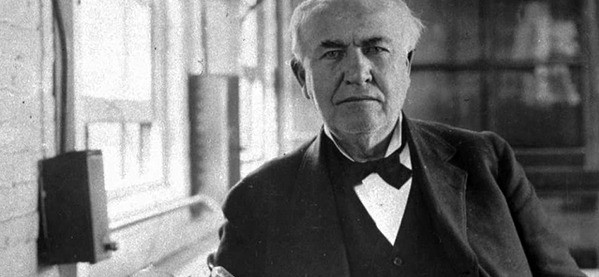Famous Failures – 44 Men Who Braved Through Bad Luck
35. Stephen King

36. Theodor Seuss Geisel

He wrote the classics you read as a child: The Cat in the Hat, Green Eggs and Ham, How the Grinch Stole Christmas, Horton Hears a Who, among many others. Even his own story of success had some interesting twists and turns along the way. In 1936, Theodor Seuss Geisel completed his first children’s book titling it, “And to Think I Saw It on Mulberry Street”. However, all 27 publishers who read his manuscript rejected it.
Down on his luck Geisel was ready to burn his manuscript until got he caught a break. He ran into a man named Mike McClintock, an old college buddy who was the editor of Vanguard Press. Mike was fond of the story and agreed to publish it. Shortly after, Geisel’s success was literally in the books.
37. Thomas Edison

“I have not failed 10,000 times—I’ve successfully found 10,000 ways that will not work.”
Thomas Edison’s road to success was paved with numerous failed and rejected inventions along the way. His story begins with the automatic, electrographic vote recorder. A simple machine that could quickly tally vote counts and save officials several hours of time. When he brought his invention to Washington, political leaders bluntly responded, “Forget it”.
His next venture was to sell an electric pen across the Mid-Atlantic, charging agents $20 and their customers $30. The idea was brilliant, but the execution had failed. The electric pens were too noisy and weight too much. Even after meticulous improvements another drawback occurred: the batteries needed to remain in a jar of chemical solution. It was a messy product and project, but nonetheless Thomas Edison would eventually sell the rights to the Western Electric Manufacturing Co and receive royalties.
In 1888, Edison touted the tinfoil phonograph as one of his most promising inventions. The process took nearly a decade with the final result having a tinfoil sheet that was too delicate and easily damaged. The sheet could only be used once or twice and storage was near impossible. Not to mention, it’s operation required skill and patience which only catered to scientists and those wealthy enough to splurge on such a novelty. Edison refused to give up and revisited the project ten years later. This time he would use a wax cylinder and the product would become a grand success.


















